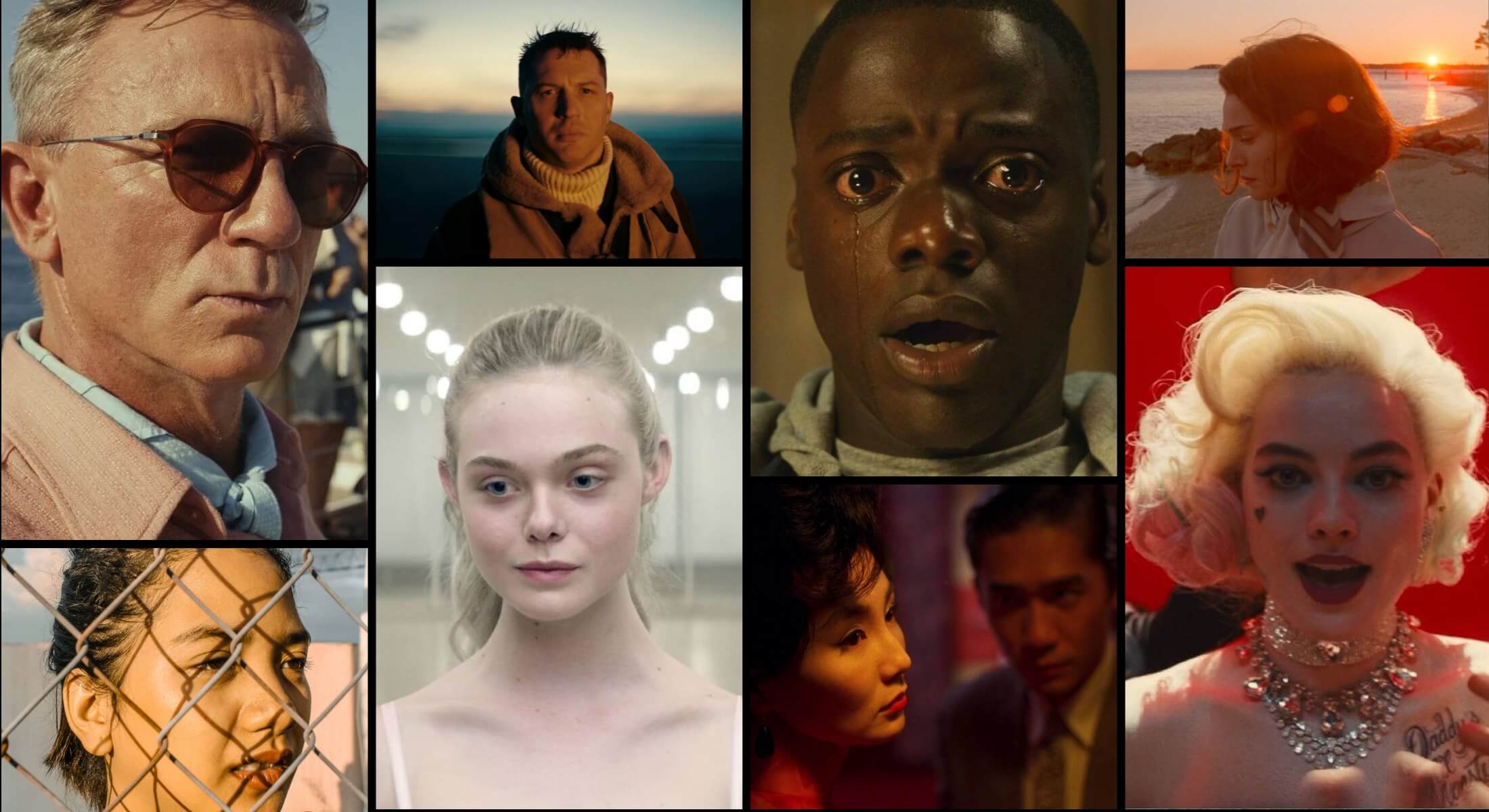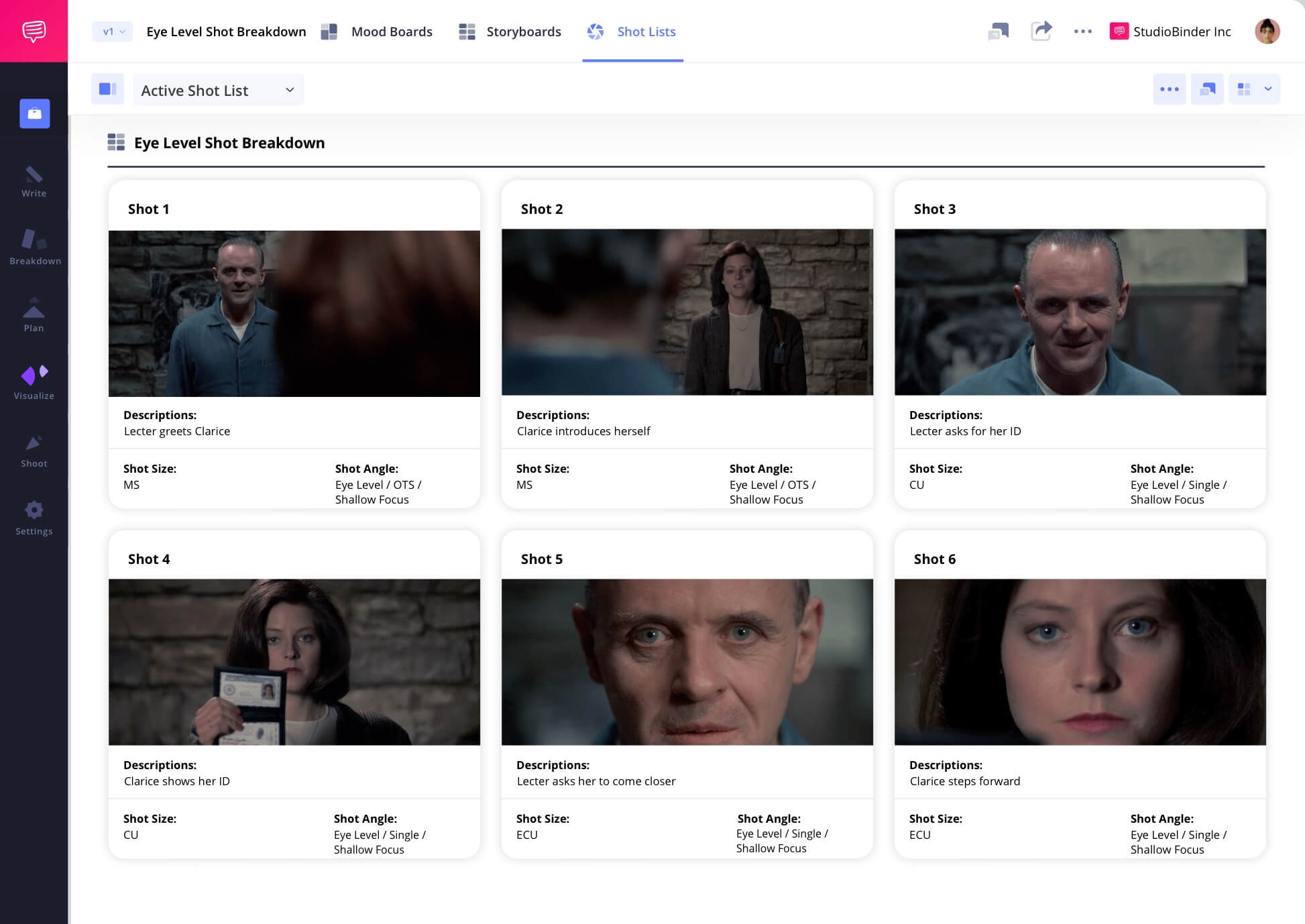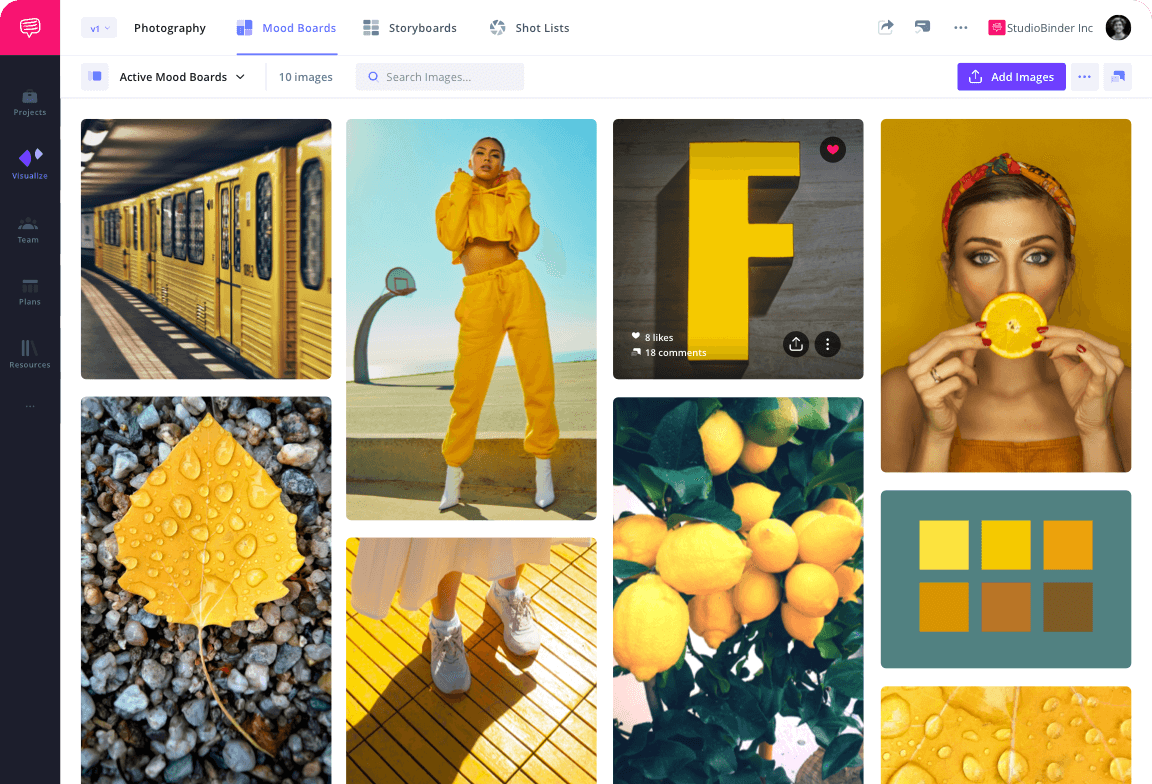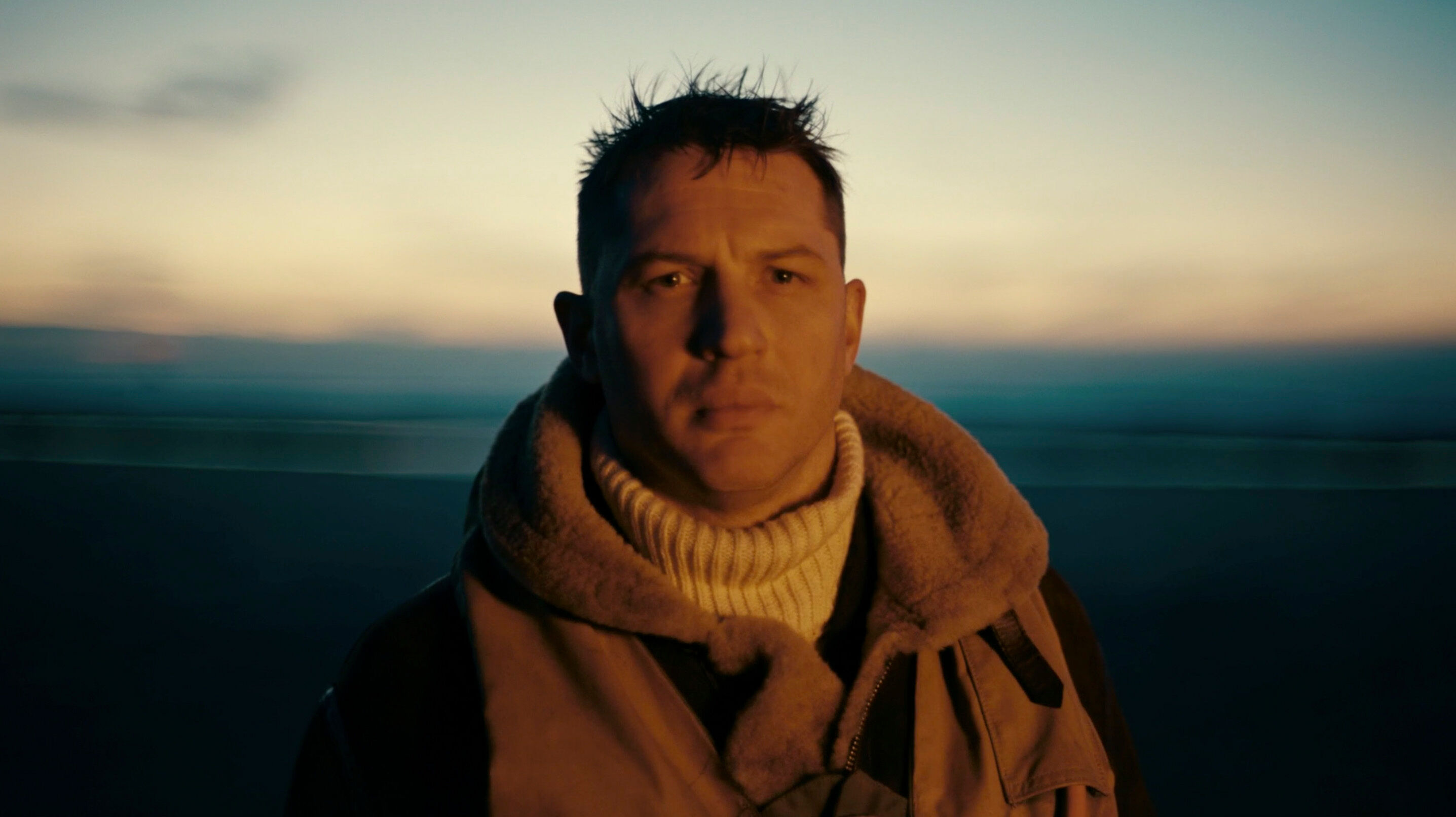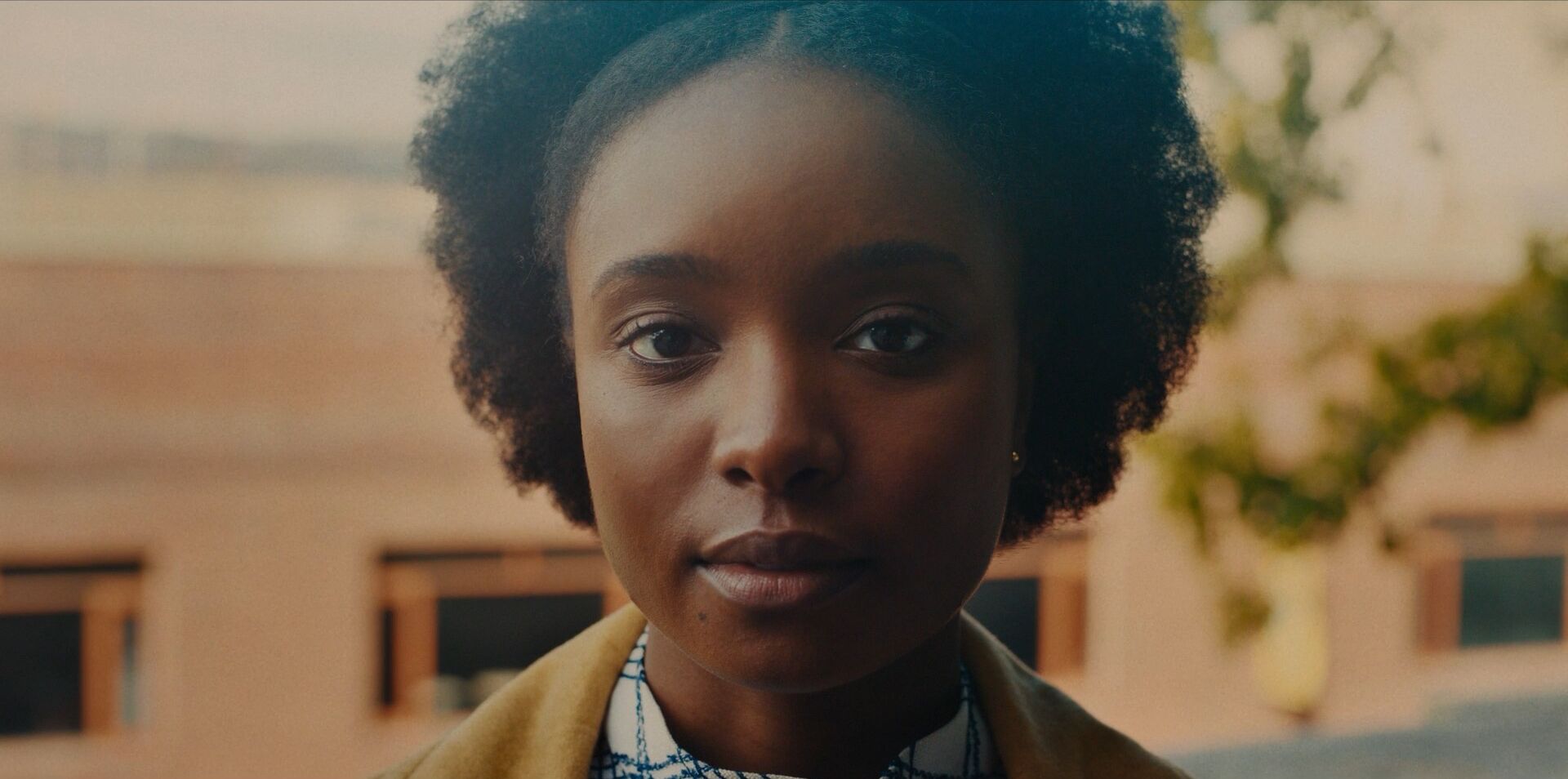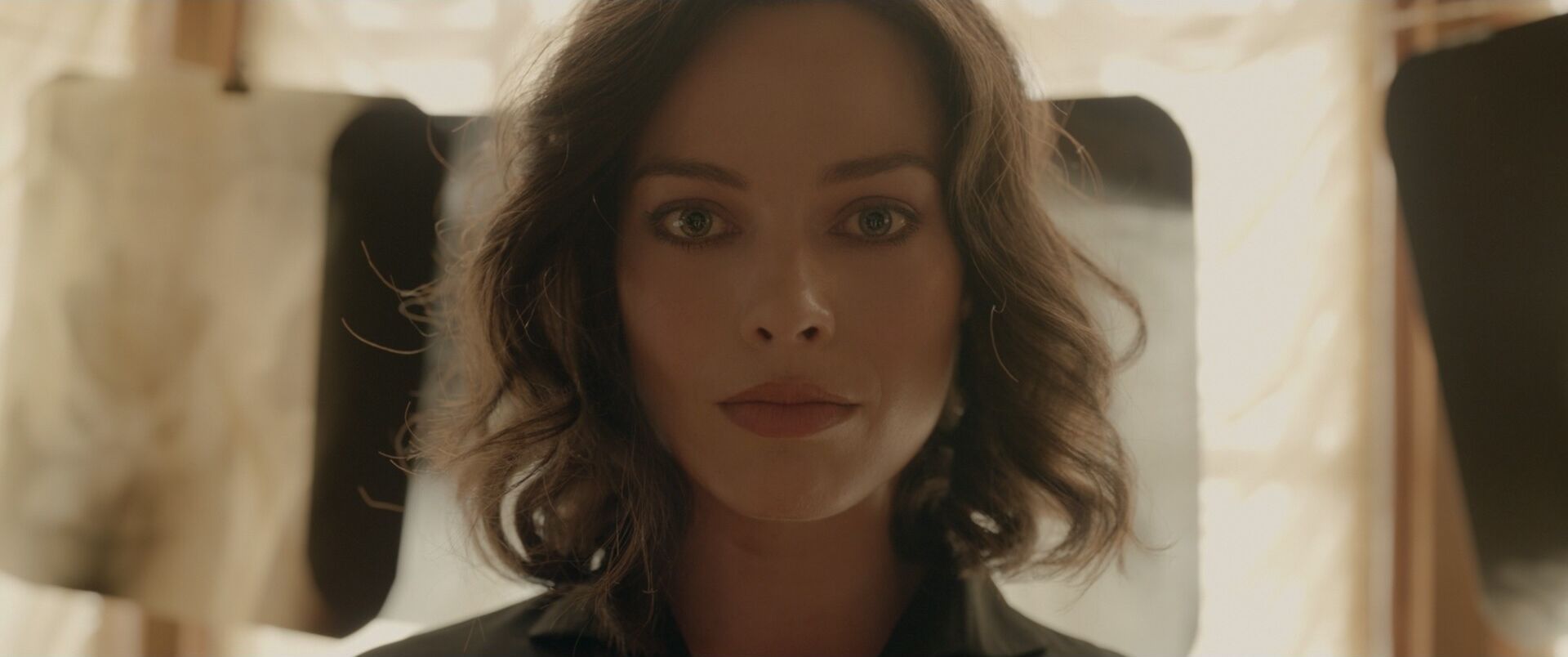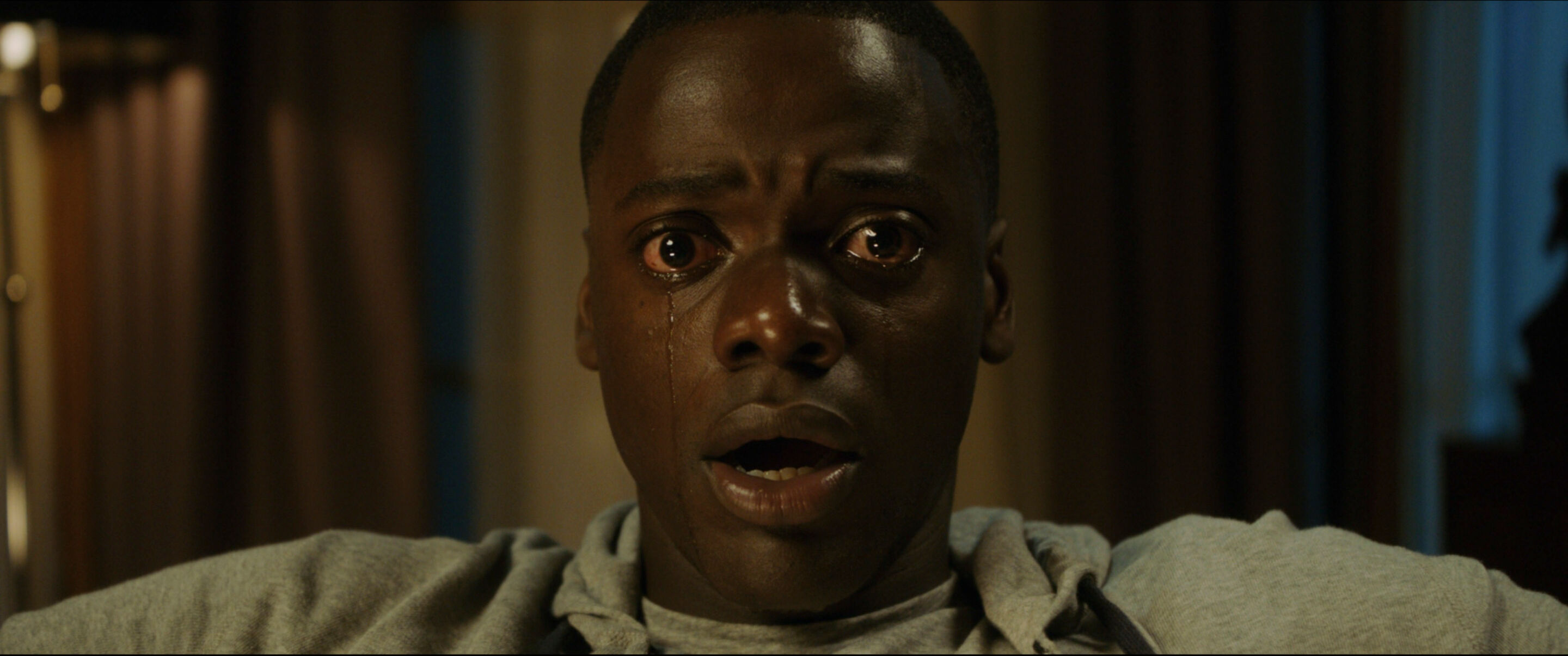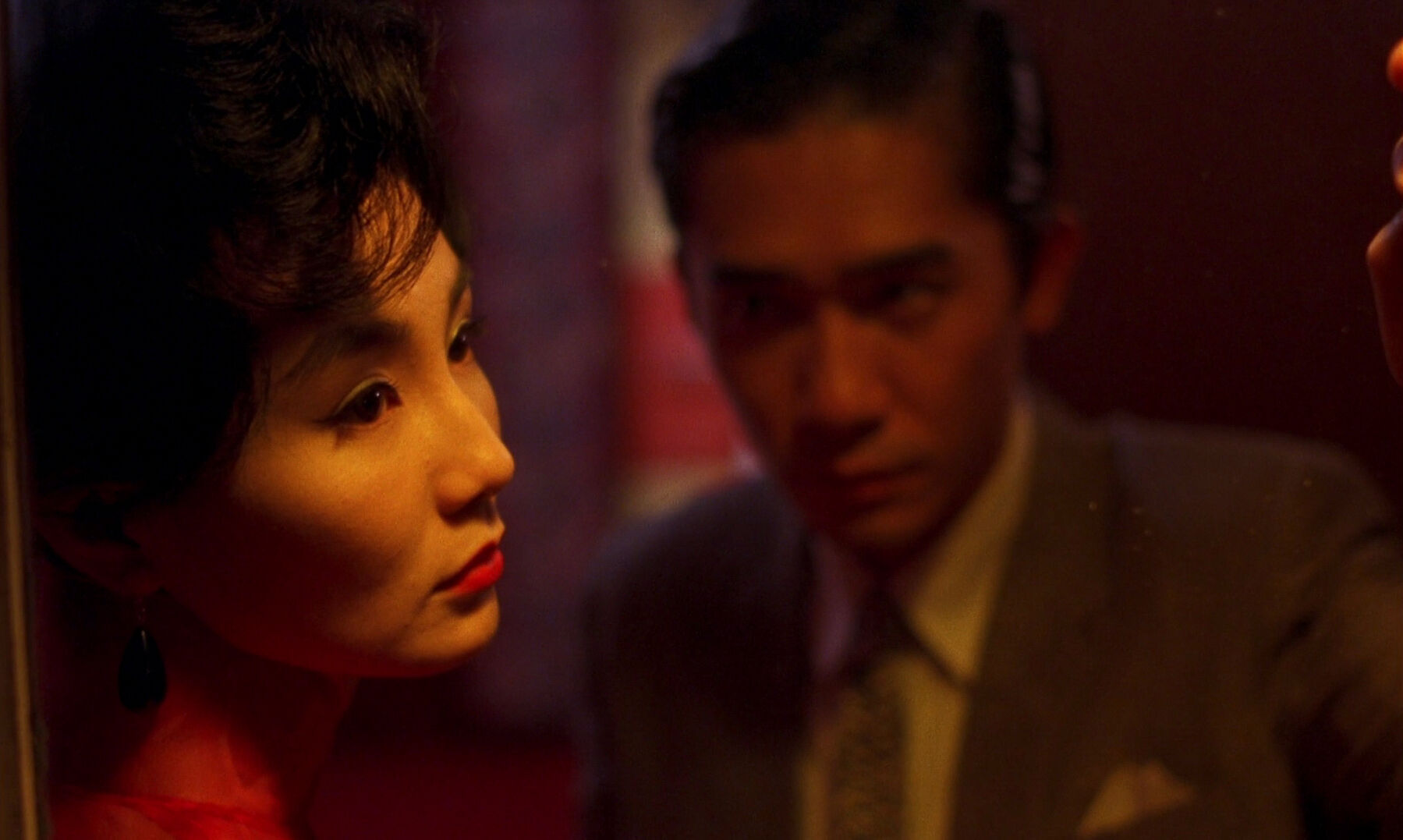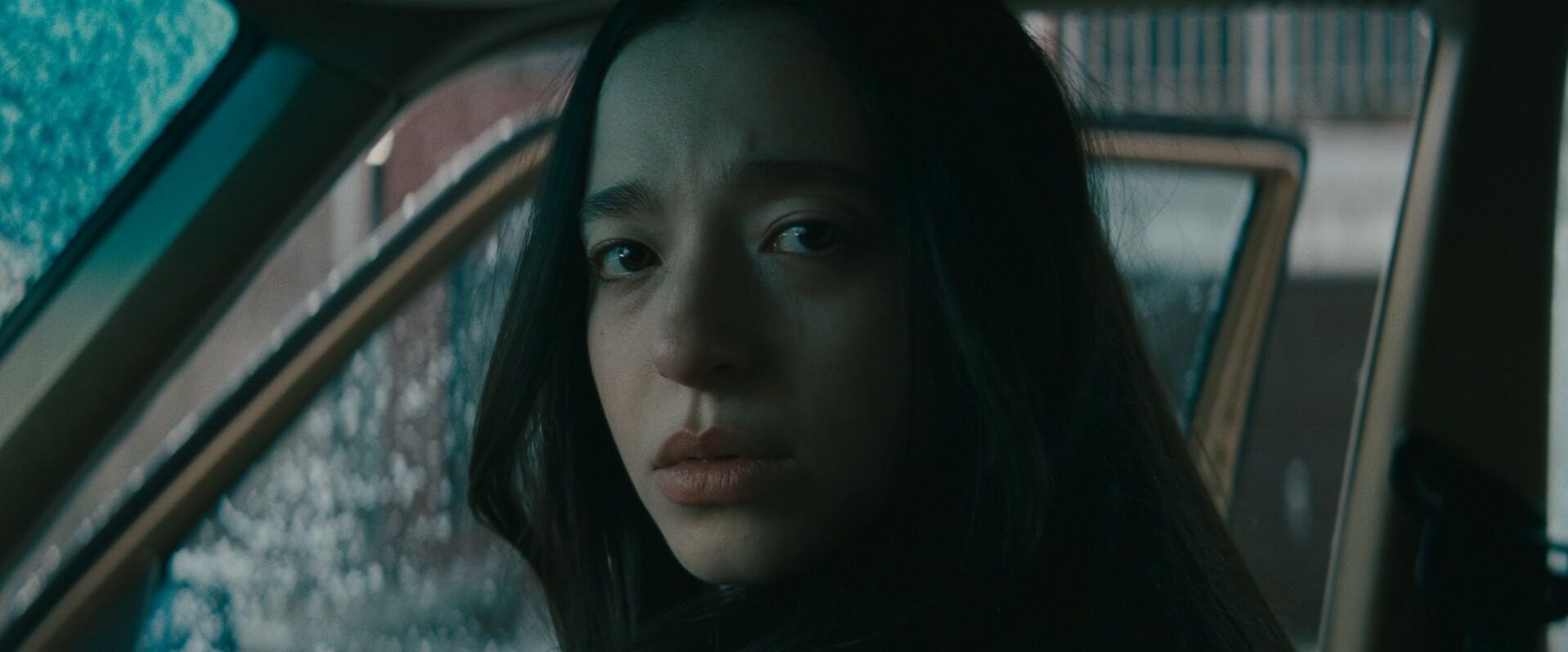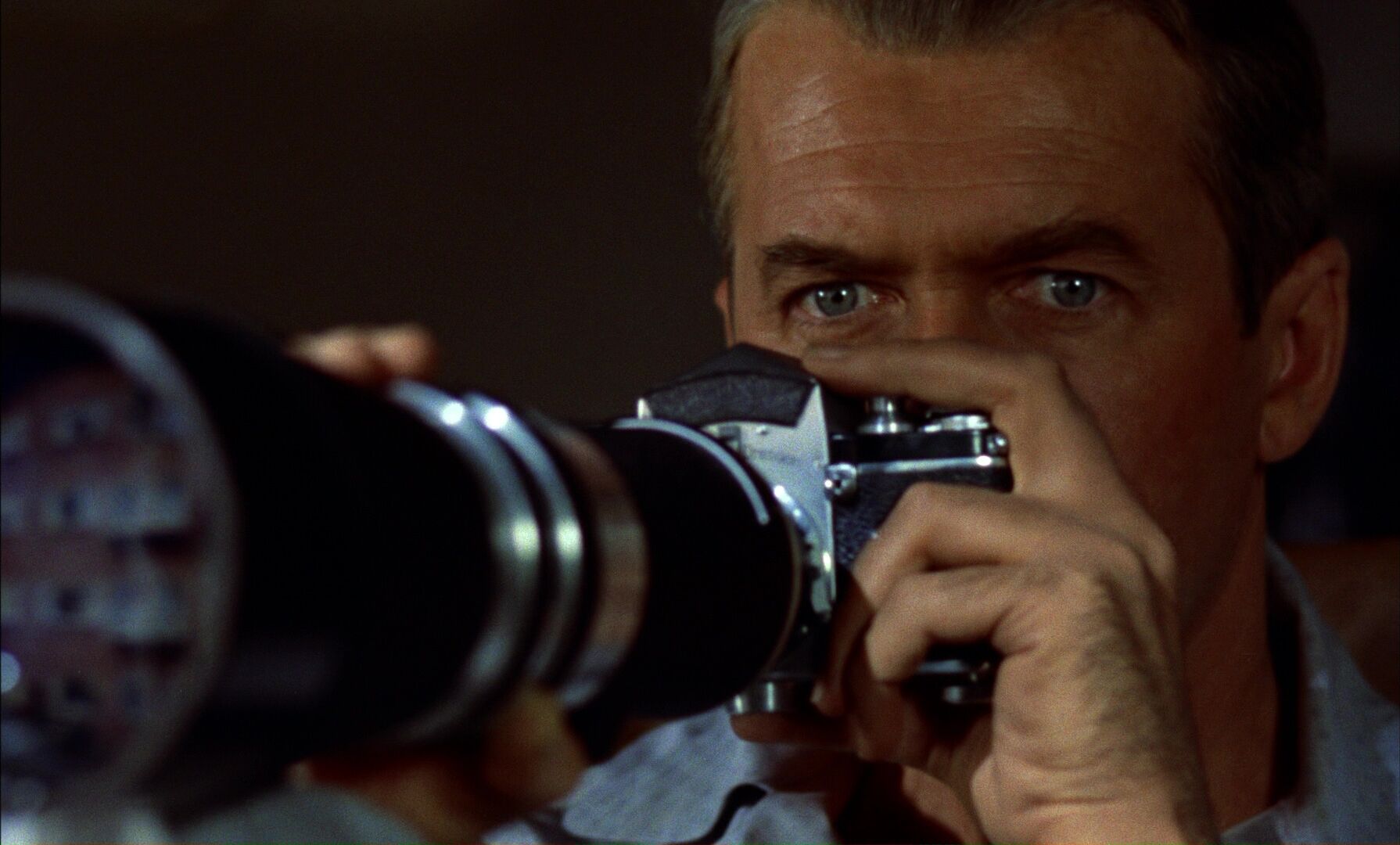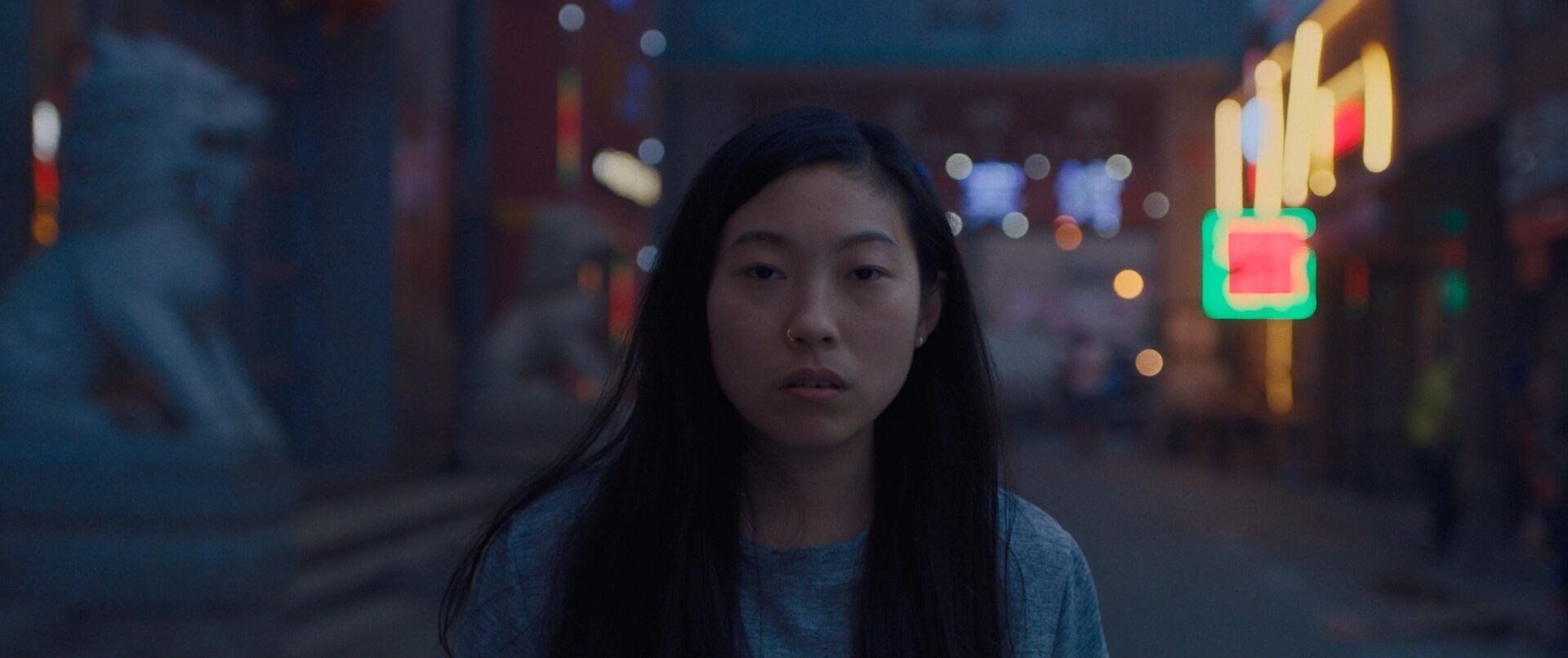home → Camera Angles → Eye Level Shot
Eye level shot definition
What is an eye level shot?
An eye level shot is a camera angle where the lens is positioned at the same height as the subject’s eyes, creating a neutral perspective. This angle closely mirrors how we naturally see people and the world, making it feel familiar and balanced. It doesn’t exaggerate power dynamics or emotions, which makes it ideal for dialogue and everyday moments.
For a more detailed breakdown of this technique, take a look at our guide to eye level shots, complete with examples and scene analysis
Effect of an eye-level shot
Eye level shot examples
Before diving into the role eye level shots play in storytelling, it’s useful to see how they’re used in context. Take a look at this curated gallery of eye level shots to get a sense of how they ground scenes and shape an audience’s connection.
Creates equality between subject and viewer
Reflects everyday perspective
Encourages emotional neutrality
Allows character expressions to come through clearly
Usages
What does an eye level shot do?
Eye level shots are one of the most versatile and frequently used camera angles across film and beyond. Because they mimic the natural way we see the world, they tend to feel balanced and grounded. This subtlety gives them power– they can support a range of tones without drawing attention to themselves. Below are a few examples of how eye level shots shape meaning and emotion:
Emotional Honesty
A character speaks directly to another at eye level, placing the audience on equal footing, as if we too were a part of the conversation.
Realism
Used in a conversation or everyday moment, the eye level shot allows the scene to feel authentic and unembellished: just life as it is.
Tension Head On
Sometimes the absence of a dramatic angle is what creates unease. A static eye level shot in a tense situation can highlight the discomfort in the room.
Relatability
When Character A faces a dilemma or decision, the eye level shot mirrors our view, making their emotions and struggles feel human.
Differentiating
Eye level vs shoulder level shot
Eye level shots and shoulder level shots are easy to mix up, since both are fairly neutral and commonly used– but there’s a subtle difference in how they frame the subject.
An eye level shot positions the camera directly in line with the subject’s eyes, creating an equal-footing perspective. A shoulder level shot, on the other hand, places the camera slightly lower, which often gives the subject a more powerful presentation. The difference is slight, but it can affect how a viewer connects to a character.
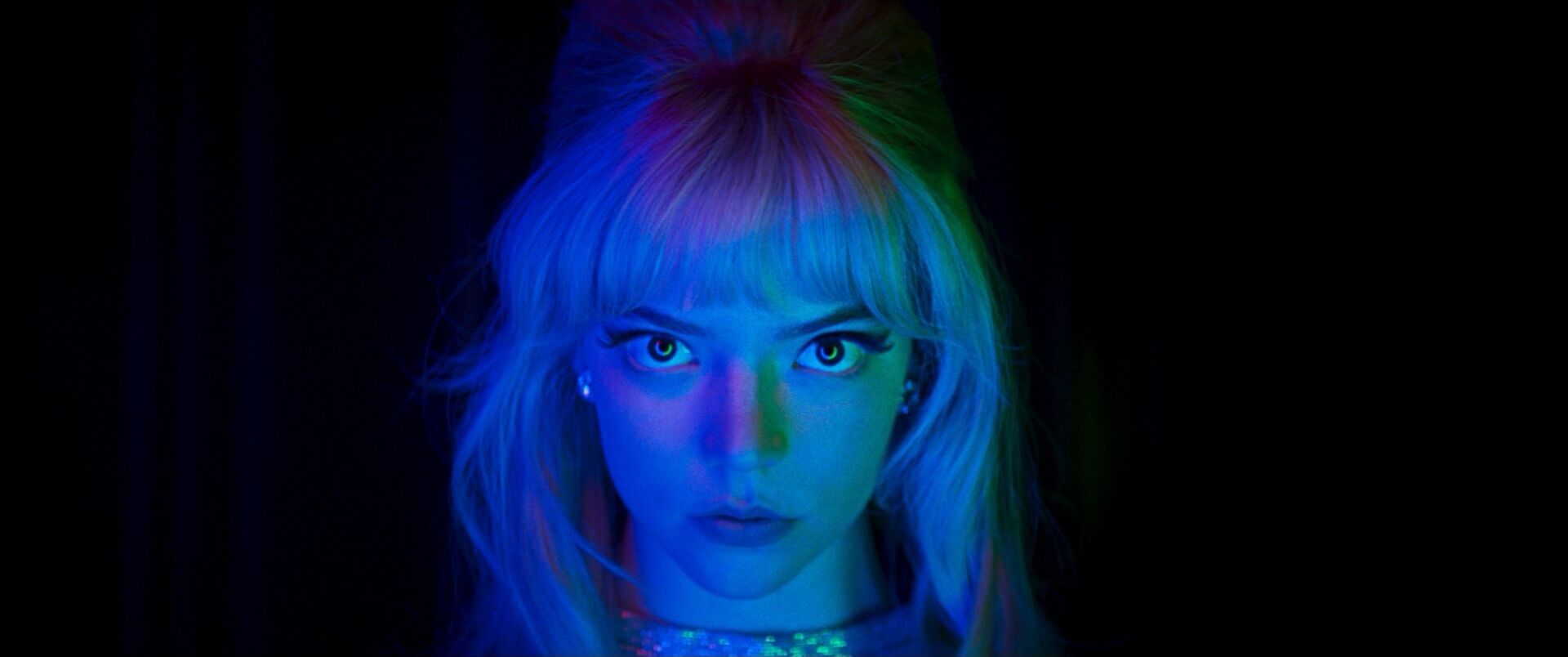
Case Study
Shot listing an eye level shot
Let’s look at the eye level shot a little more closely. How can it be used in a scene? Let’s use this famous scene from Silence of the Lambs to see.
Click the shot list below to examine how the scene continues. What is the power of using an eye level shot here?
Eye level shots might seem simple, but their versatility makes them a go-to choice across genres and styles. They’re anything but basic when used with intention.
Let’s break down the different ways this neutral angle can shape tone, character dynamics, and much more.
New combinations
How should you pair an eye level shot with other camera techniques?
How to combine an eye level shot
When combined with other techniques, eye level shots can carry rich visual meaning. Used thoughtfully, these combinations can enhance mood, pacing, and perspective in often surprising ways. Here are a few ways eye level shots interact with other cinematic tools:
- Medium Shot: A standard pairing with the eye level angle, this combination provides a natural view of a character and their body language.
- Close-Up: An eye level close-up gives the audience a direct, intimate look at a character’s emotions.
- Long Shot: From eye level, a long shot balances the character with their environment, establishing spatial context.
- Push-In: Moving the camera slowly toward a subject at eye level builds emotional focus without shifting perspective.
- Dolly: Gliding toward or alongside a character at eye level maintains an observational tone, often used in walk-and-talk sequences.
- Over-the-Shoulder: This technique, when shot at eye level, helps build natural flow in dialogue scenes.
- Handheld: A handheld camera at eye level creates immediacy and realism, often used in dramatic or docu-style filmmaking.
Frequently asked questions about the eye level shot
Eye level shots create a natural vantage point that feels familiar and relatable. They help establish equality between the viewer and the subject, making scenes feel grounded and realistic.
An eye level shot can:
- Present the subject from a neutral perspective
- Encourage emotional connection
- Maintains a sense of realism
Position the camera so the lens aligns with the subject’s eyes, ensuring the shot captures their face straight-on without tilting up or down.
An eye level shot refers to the camera’s height relative to the subject, while a close-up describes the shot’s framing. You can have an eye level shot at any distance (from wide to close-up) whereas a close-up specifically focuses tightly on the subject’s face or details.
